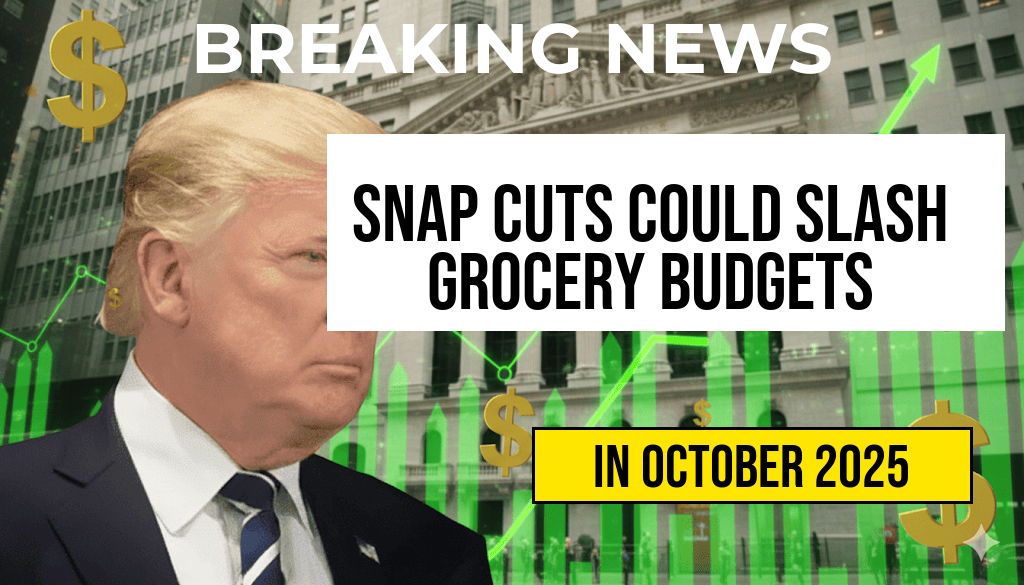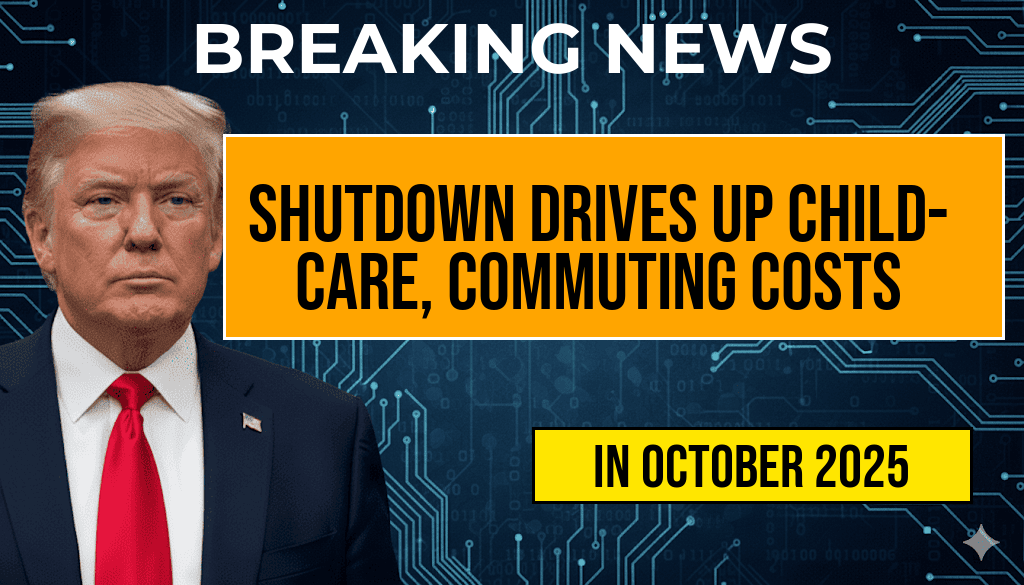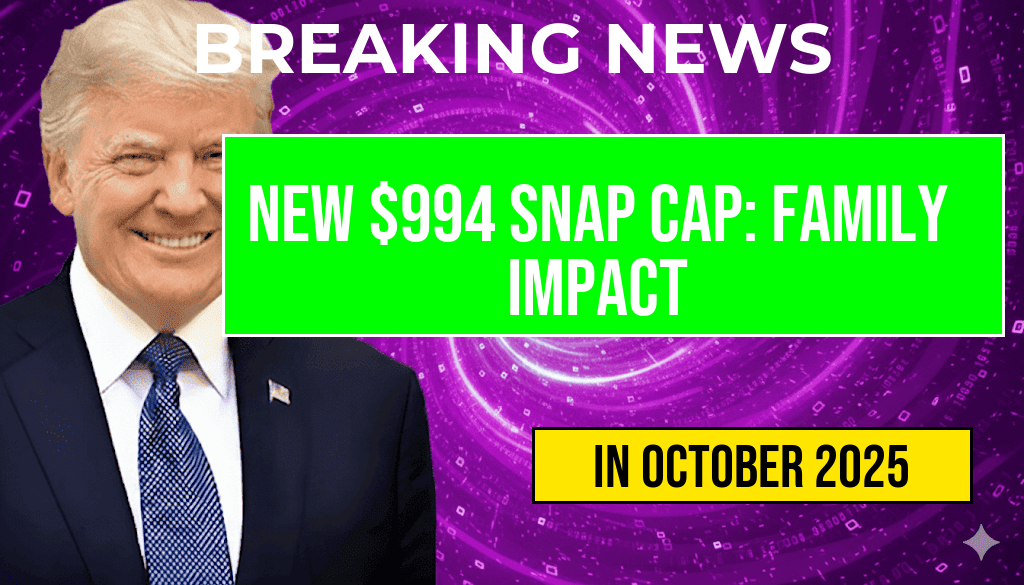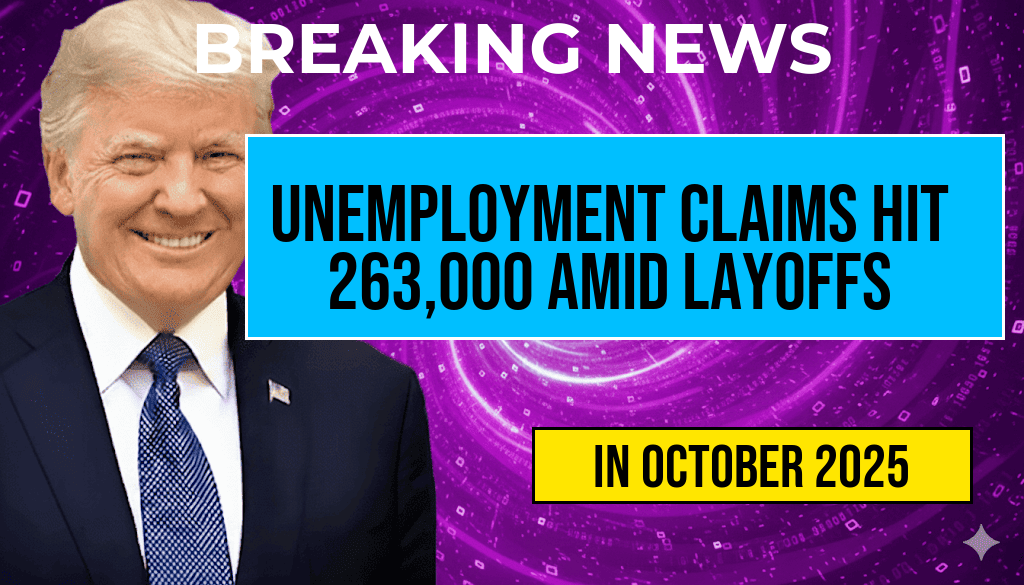The recent changes to the Supplemental Nutrition Assistance Program (SNAP) as part of the Farm Bill could result in a staggering reduction of approximately USD $30 billion in grocery budgets over the next decade. These modifications are poised to significantly impact millions of American households reliant on food assistance. As lawmakers debate the merits and implications of these alterations, stakeholders from various sectors, including advocacy groups, farmers, and economists, are voicing their concerns and support. The potential consequences of the proposed changes raise questions about food security and the broader implications for the agricultural economy.
Understanding the Proposed SNAP Changes
The proposed adjustments to SNAP stem from ongoing discussions surrounding the Farm Bill, a comprehensive piece of legislation that governs various agricultural and food programs in the United States. One of the most significant changes includes stricter eligibility requirements for benefits, which could disqualify many current recipients. Additionally, adjustments to benefit calculations and adjustments to the funding formula are expected to contribute to the projected $30 billion cut over the next ten years.
The Impact on Families and Food Security
The potential reduction in SNAP funding poses dire consequences for families who depend on these benefits to meet their daily nutritional needs. According to recent studies, approximately 42 million Americans utilize SNAP, with a significant portion being children, the elderly, and individuals with disabilities. The proposed changes could lead to increased food insecurity, forcing families to make difficult decisions regarding their health and wellbeing.
- Increased Food Insecurity: Many families may struggle to afford basic necessities, leading to a rise in hunger and malnutrition.
- Economic Implications: Reducing SNAP funding can adversely affect local economies as grocery stores and food retailers depend on SNAP dollars for revenue.
- Long-term Health Costs: Food insecurity often leads to health issues, which can increase healthcare costs for both families and the government.
Responses from Stakeholders
The proposed SNAP changes have elicited a range of responses from various stakeholders. Advocacy groups such as the Feeding America network are rallying against the proposed cuts, emphasizing the importance of food assistance programs in combating hunger across the nation. They argue that cutting funding will not only harm the most vulnerable populations but will also have a ripple effect on local economies.
Conversely, some lawmakers and agricultural advocates support the changes, arguing that they will help streamline the program and reduce government spending. Proponents believe that reforming SNAP is necessary to ensure the program’s sustainability in the long run, but critics question whether the cuts will achieve the intended outcomes without compromising the welfare of millions.
Economic Analysis and Future Projections
Economic experts are analyzing the long-term implications of these SNAP changes on both food security and the agricultural sector. A recent report by the U.S. Department of Agriculture (USDA) highlights that SNAP benefits not only support low-income families but also bolster local economies by increasing demand for agricultural products.
| Year | Estimated Reduction in SNAP Funding (USD Billion) | Projected Increase in Food Insecurity (%) |
|---|---|---|
| 2024 | 3.5 | 5 |
| 2025 | 4.0 | 8 |
| 2026 | 3.2 | 6 |
| 2027 | 4.5 | 10 |
| 2028 | 5.0 | 12 |
Looking Ahead
As lawmakers continue to debate the Farm Bill and its implications for SNAP, the future of food assistance programs remains uncertain. The projected cuts could have lasting impacts on millions of families and the agricultural economy as a whole. Advocates for food security are calling for a reevaluation of the proposed changes, urging lawmakers to consider the potential fallout of reduced funding for this vital program. The ongoing discussions highlight the critical balance between fiscal responsibility and the moral obligation to ensure that all Americans have access to sufficient, nutritious food.
Frequently Asked Questions
What are the proposed changes to SNAP in the new Farm Bill?
The proposed changes aim to reduce SNAP benefits, which could lead to a significant decrease in grocery budgets for millions of families across the country.
How much could the changes to SNAP impact grocery budgets?
The changes to SNAP are projected to slash grocery budgets by approximately USD $30 billion over the next decade, affecting food security for many households.
Who will be most affected by the SNAP cuts?
The cuts will primarily affect low-income families and individuals who rely on SNAP benefits to purchase essential groceries, making it harder for them to afford healthy food options.
What are the potential consequences of decreased SNAP funding?
Decreased SNAP funding may lead to increased food insecurity, higher reliance on food banks, and negative health outcomes for affected populations.
When will the changes to SNAP take effect if the Farm Bill is passed?
If the Farm Bill is passed, changes to SNAP could take effect as early as next year, but the exact timeline will depend on the final legislation and implementation processes.










